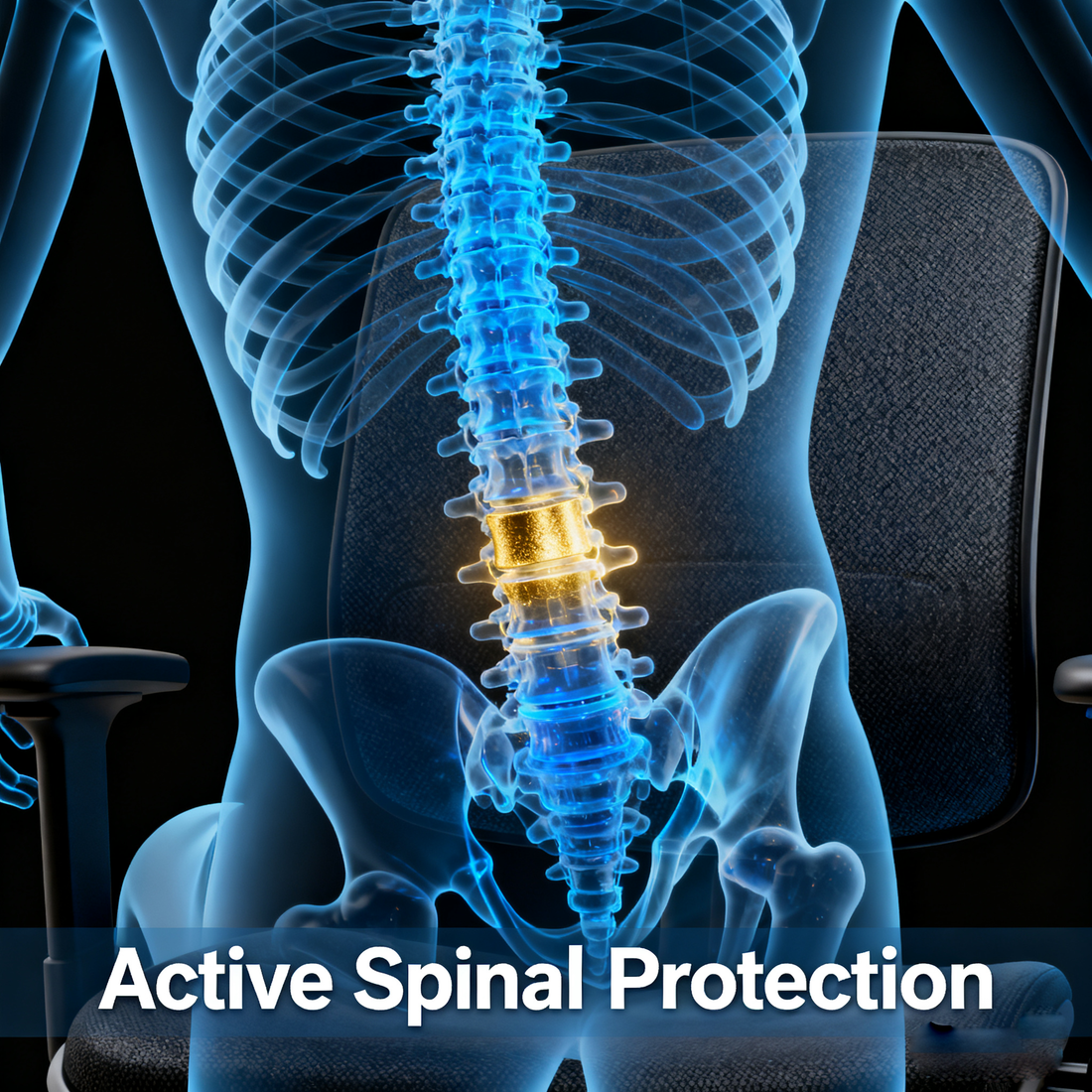
Why Your Spine Deserves an Ergonomic Chair
Share

When we think about office comfort, most people consider a wide desk, a good laptop, or perhaps a stylish environment. But here’s the truth: none of these matter if your chair is silently harming your spine.
The Science Behind Sitting
The human spine wasn’t designed for hours of sitting. The lumbar region—especially the L4-L5 vertebrae—carries a huge amount of pressure. Poor posture and unsupportive chairs gradually strain this area, leading to common issues like:
Persistent lower back pain
Stiffness in the shoulders and neck
Fatigue and lower productivity
It’s not simply about “slouching”—even people who think they sit upright often lack the right spinal support from their chair.
What Makes a Chair Truly Ergonomic?
The word “ergonomic” gets misused often. A genuine ergonomic chair goes beyond looks or flashy features—it must:
Support the lumbar spine so the natural curve is maintained.
Encourage healthy posture by aligning hips, shoulders, and head.
Allow adjustability (seat height, tilt, armrests) to fit different body types and work styles.
Distribute pressure evenly so no single area carries the burden.
If these fundamentals are missing, the chair is ergonomic in name only.
The Everyday Benefits
Choosing the right ergonomic chair isn’t just about comfort—it’s an investment in long-term health. The benefits include:
Less back and joint pain over time
Improved focus and energy during the workday
Reduced risk of spinal degeneration from prolonged sitting
Think of it this way: your chair is not just furniture. It’s the piece of equipment you use for thousands of hours a year. Why not make it a tool for health and productivity?
The Bottom Line
A well-designed ergonomic chair helps you sit smarter, not harder. By protecting your spine now, you set yourself up for more energy, better focus, and long-term well-being.
